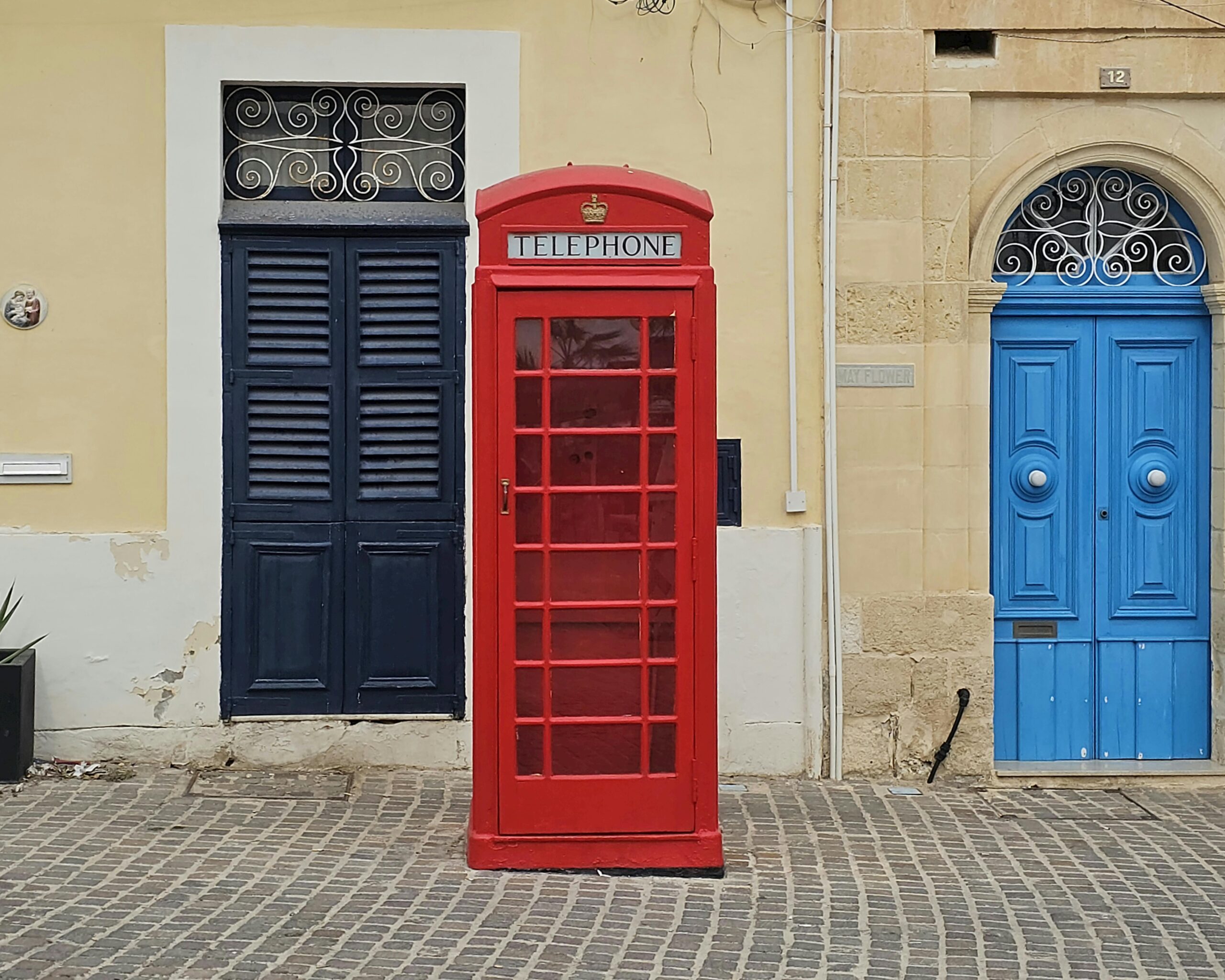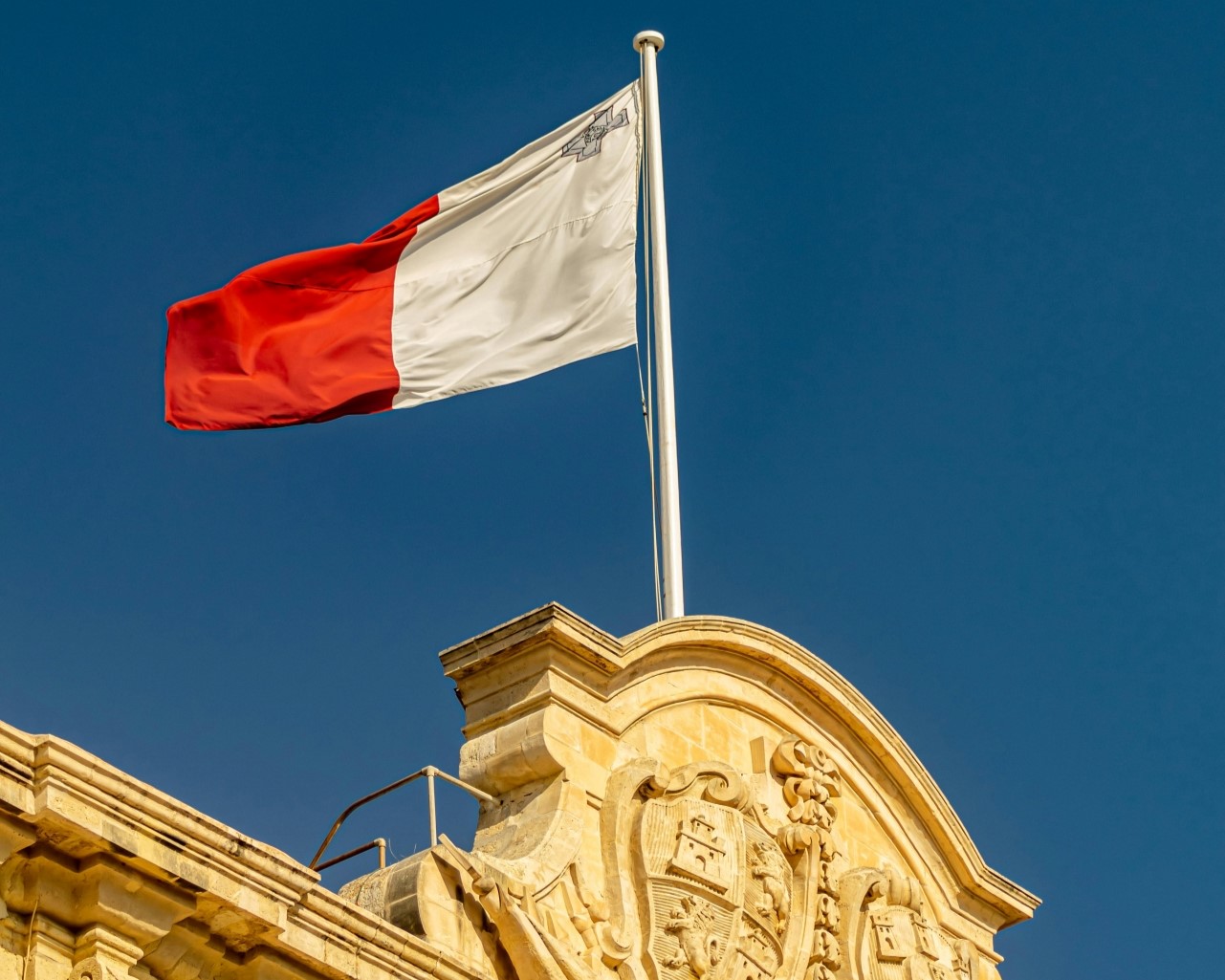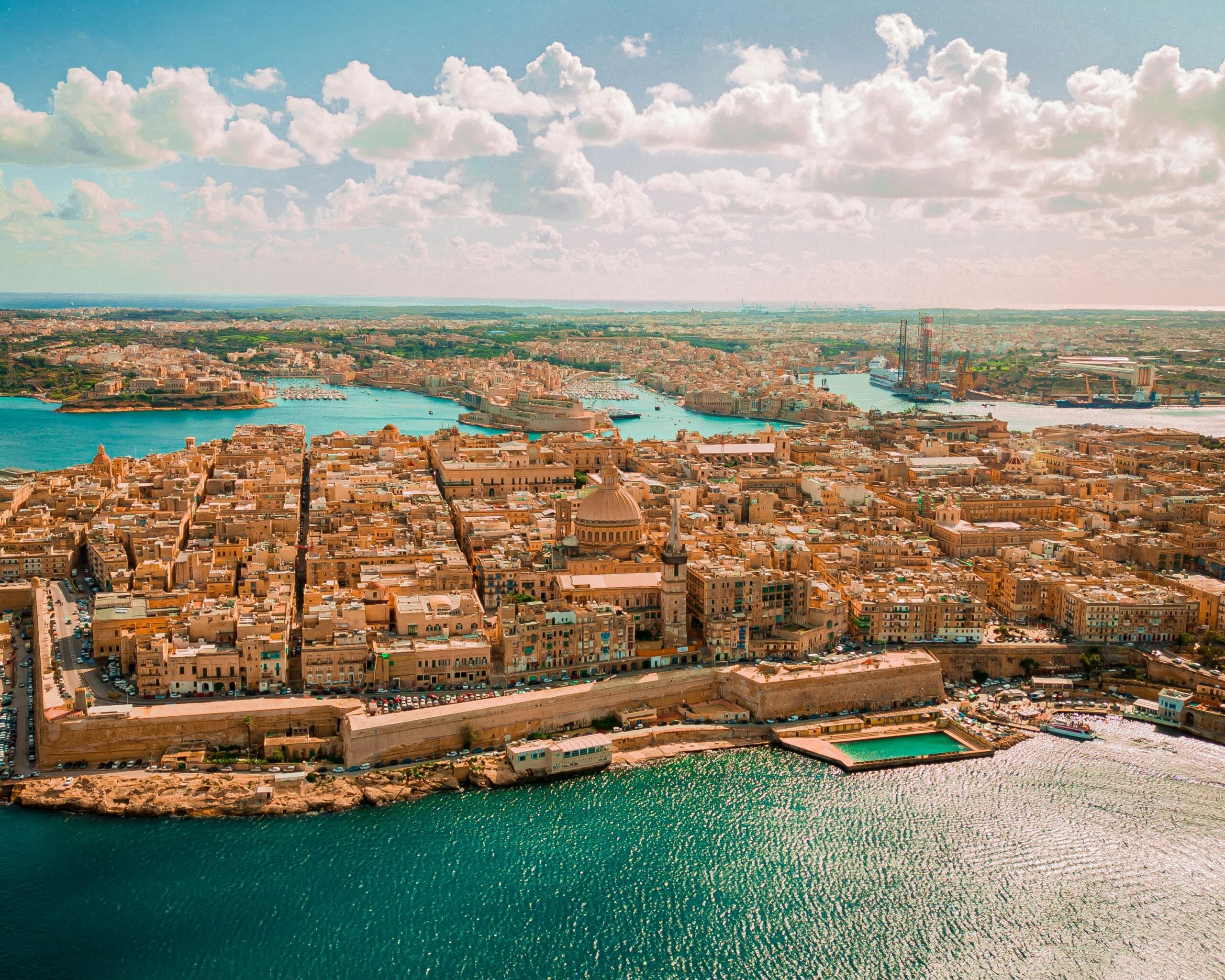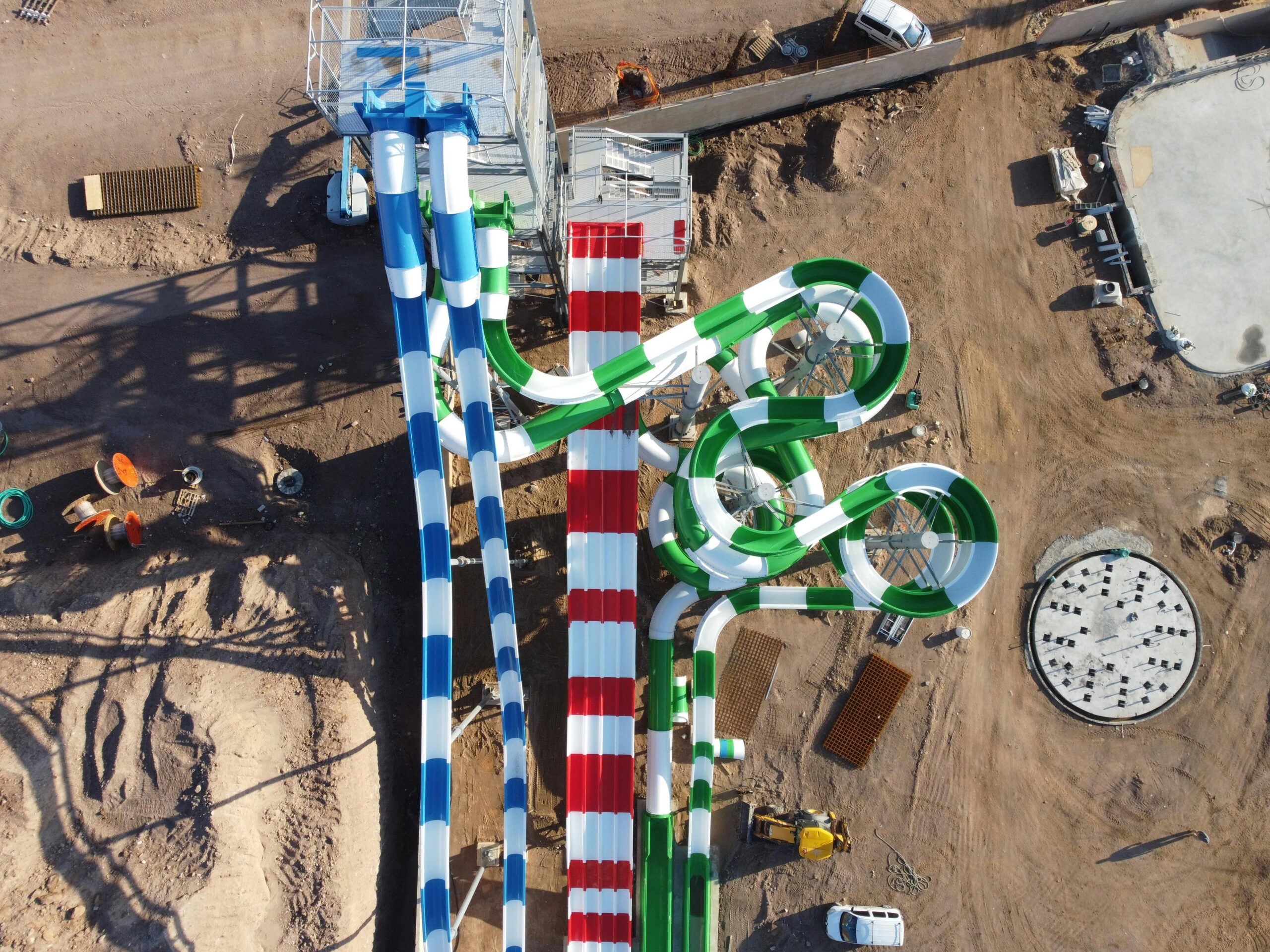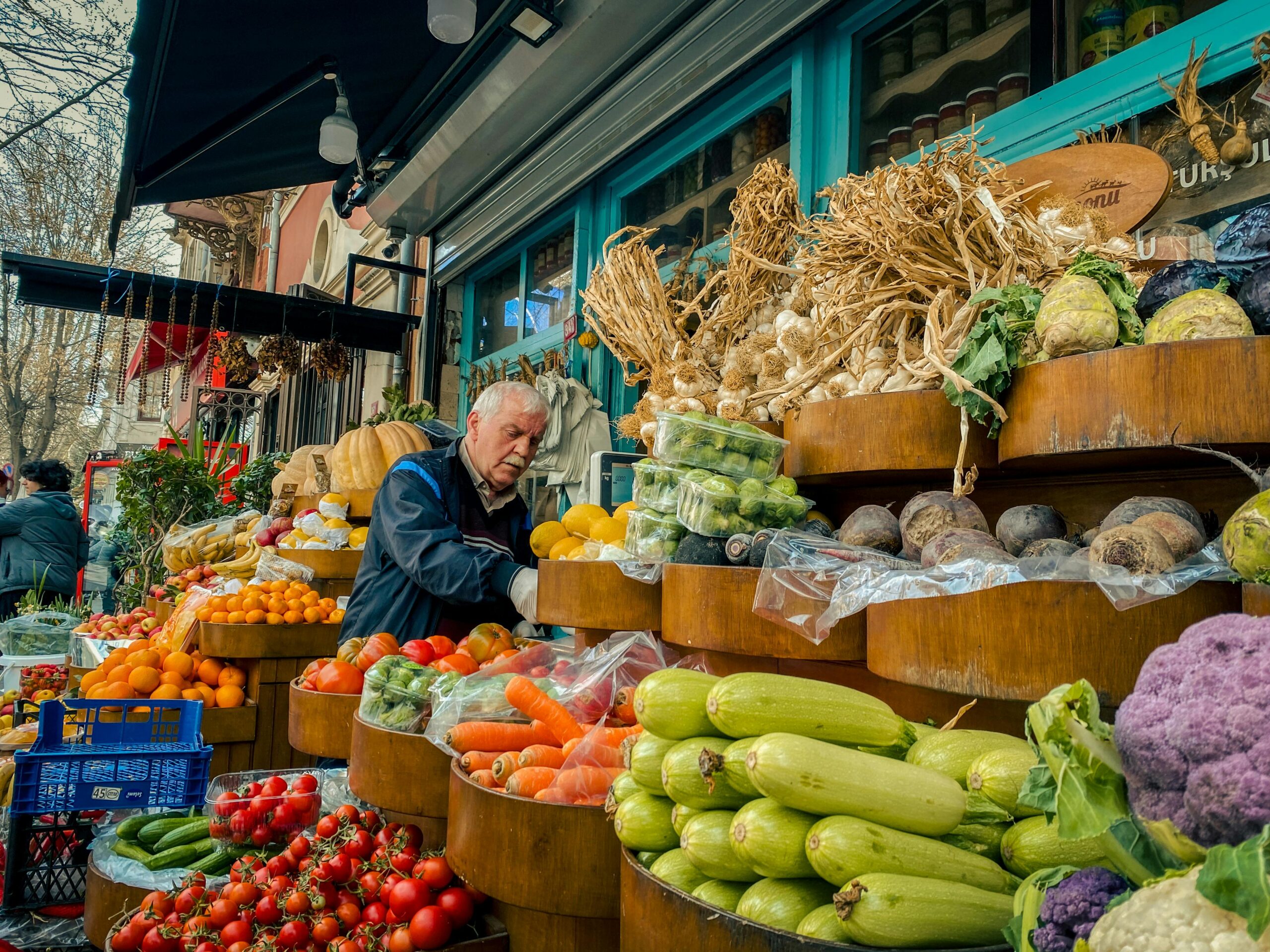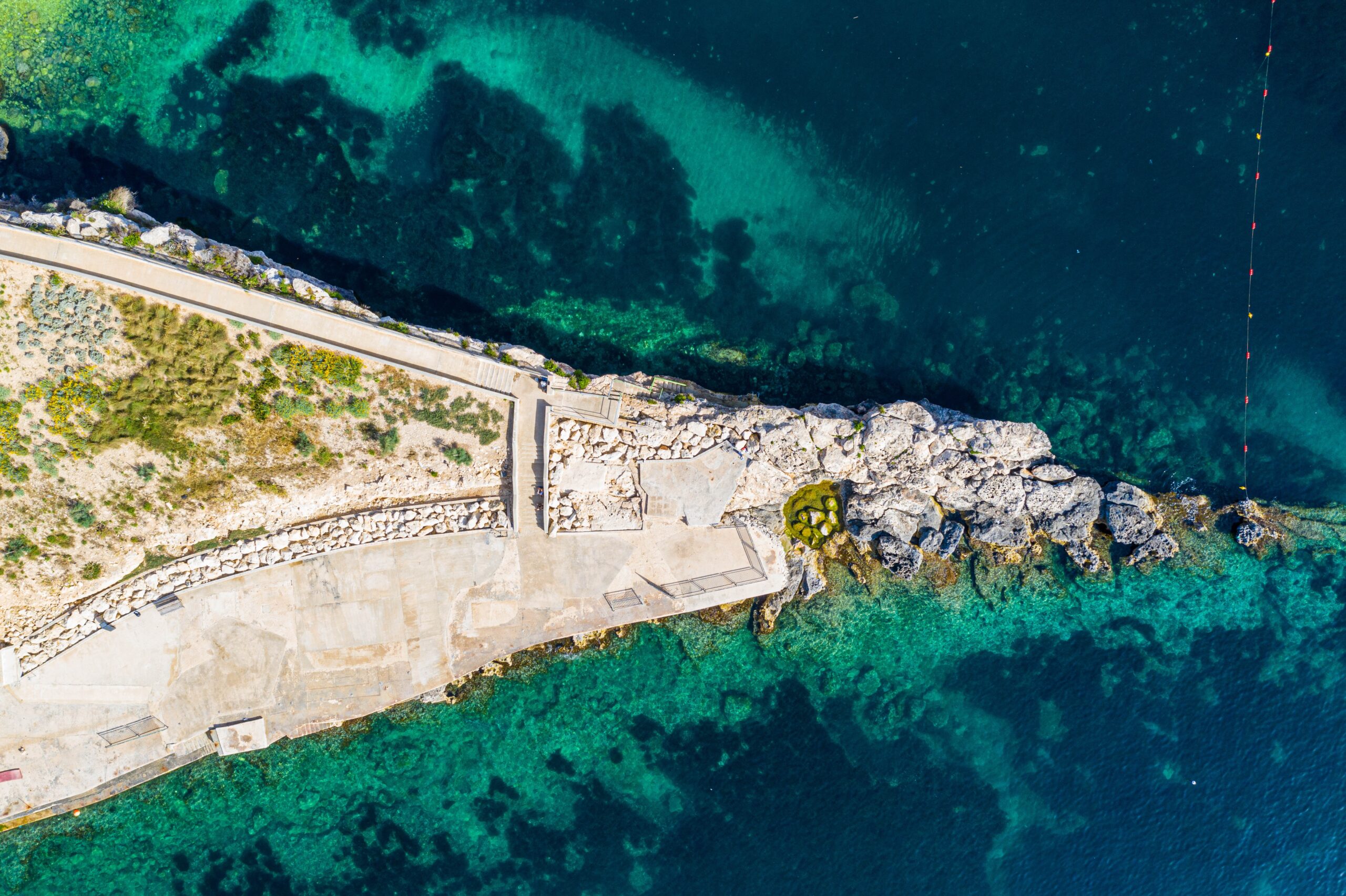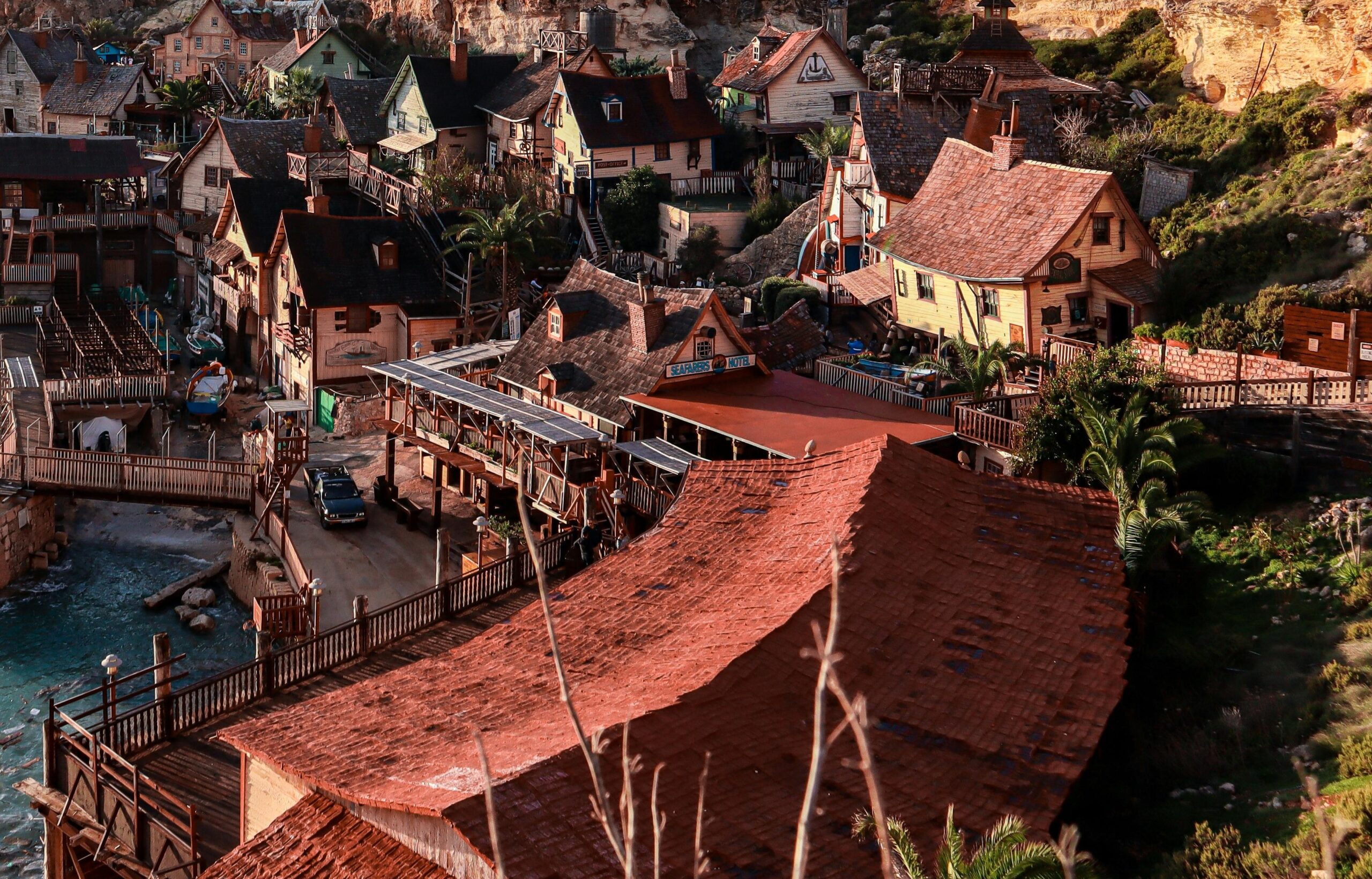Essential handbook for students living in Malta
We know how scary it can be to arrive in a new country, so we have created a detailed guide to make your stay in Malta easier.
Preparing Before Arrival
To be able to enter Malta smoothly, you must obtain pre-arrival documents provided by Atlas based on your country of origin.
European citizens can use their passports or National ID for entry, while different regulations are applied to non-European countries. Conversely, some nationalities must initiate their visa application process before arriving in Malta, and some must complete their visa application within the first 90 days of arrival. For further information, please visit the website at the following link Who needs a Schengen Visa – Schengen Visa Information (schengen-visa-info. eu).
You have several accommodation options at Atlas Language School, we offer the possibility of living at Atlas Residence or with a host family.
Weather and Clothing in Malta
Contrary to popular belief, winter in Malta is not always warm and sunny. While there are still plenty of sunny days between November and March, there are also rainy days and periods when strong winds make it feel much colder. During these months, temperatures generally range between 10 and 20 degrees Celsius. It’s advisable to bring a few warm sweaters and a good windbreaker to stay comfortable. Despite the cooler weather, those who are brave enough might still want to pack a swimsuit and take a refreshing dip in the sea.
From April to June, the weather becomes milder and more pleasant. Temperatures during this period range from 15 to 25 degrees Celsius. Light jackets and long-sleeve shirts are perfect for the cooler evenings, while daytime temperatures are ideal for beach outings and exploring the beautiful island.
The summer months, from July to September, are hot and dry, with temperatures often soaring above 30 degrees Celsius. Lightweight clothing, sunscreen, and hats are essential to stay cool and protected from the sun. These months are perfect for enjoying Malta’s stunning beaches and outdoor activities.
October brings a transition to autumn, with temperatures ranging between 20 and 25 degrees Celsius. While still relatively warm, there can be occasional rain showers, so packing a light raincoat or umbrella is a good idea. This period offers a comfortable climate for sightseeing and outdoor adventures without the intense summer heat.
Cost of living in Malta
If you want to come to Malta and you don’t know how much your stay will cost, you have come to the right place. We will tell you all about it!
Rent cost in Malta
Despite being over-demanded, the Malta accommodation market is adaptable to different budgets. A one-bedroom flat in the city centre can cost between €800 and €1200 per month, while suburban options can range from €600 to €900. Shared accommodation, often preferred by students, is a more economical alternative, with prices averaging between €350 to €700 per month depending on the location of the apartment and whether or not you share the room with someone else.
As we mentioned above, our school offers accommodation solutions, student residences, or host families. If you choose to stay with a host family, we provide you with half-board and full-board options.
Transport Costs in Malta
Public transport in Malta mostly consists of buses, in which there are several options to pay.
The cheapest is to apply for a personalised Tallinja card. For this, you will need to fill out an online application form and pay a fee of around €18. This card allows you to use most of the public transport for free. However, it is also possible to buy other types of Tallinja cards for shorter stays, since the application for the personalised Tallinja card might take several weeks to be processed. It is also possible to pay for individual rides on the buses where you can pay by cash or card. For example, a one-way ticket for local transport costs €2,50 during the day and €3 for the night buses and for the express buses TD13, TD10 and TD2.
You can also travel by ferries between certain destinations that are operated by the public transport company, such as the ferries between Sliema and Valletta, or other ferries that go to Gozo from Valletta.
In addition to the Malta public transport, you can also use apps such as Bolt, Uber, or eCabs to book a taxi. Since Malta is a quite small country these options are relatively cheaper, especially if you share the ride with other people.
Entertainment Costs in Malta
Malta offers a multitude of free entertainment options, for example, salsa and bachata dance classes, artisan and local markets, public fireworks, traditional festivals organised by the local councils, carnivals, visiting traditional villages, archeological sites, and nightclubs, etc. But some options will require you to pay an entrance fee, such as the cinema, museums, football games, squash, padel, jet skiing, boat renting, scuba diving, karaoke, etc. These kinds of activities usually range between €5 and €30.
Food Costs in Malta
The cost of spending on food per month is between €200 and €300, depending on the quantity or quality you eat. For restaurants, you can expect to pay between €15 and €25, however some restaurants offer cheaper options.
Adapting to Local Life
Malta is a diverse place where you can find open-minded and friendly people. Meeting new people and making friends is easy peasy since there is always something fun to do. Atlas Language School provides students with a Social Programme with almost daily activities that change every week and invite them to socialise and immerse themselves in this unique Mediterranean culture. Atlas Language School also cooperates with English Café, an association that consists of an international community providing various cultural and social activities in a safe space.
If you are looking for some local Maltese food, we suggest that you try Pastizzi (lozenge-shaped puff pastry filled with ricotta or pea puree), Fenkata (rabbit ragout that is marinated in red wine), or Ftira biż-żejt (Maltese bread spread with tomato paste or olive oil accompanied by ingredients of your choice such as tuna, vegetable and cheese).
Beverage options in Malta include the renowned Cisk beer, Kinnie (a soda that is akin to a blend of iced tea and Schweppes), and the indigenous liqueur La Madlien (a liqueur manufactured from fragrant plants). It is important to note that tap water in Malta should be avoided as much as possible, and it is recommended to opt for bottled water instead.
In Malta, several well-known markets are selling local products. These include the Valletta indoor market standing on Merchant’s Street, on Sunday morning you can go to the big outdoor market in Marsaxlokk. There is also the Farmers’ Market in Ta’ Qali, which takes place every Tuesday and Saturday. On the sister island of Malta, Gozo, Victoria, you will find the It-tokk market in Savina Square every morning. If you want to know the best places on the island, the best nightclubs, or the best beaches, Atlas shares its top 5 for each theme.
Getting around Malta
In Malta, there are two official languages, English, and Maltese. The English language is widely spoken in Malta since it is a former British colony, but also due to a large number of tourists (in summer there are more tourists than locals). To sum up, you have many options in Malta for speaking English in addition to the courses we offer.

